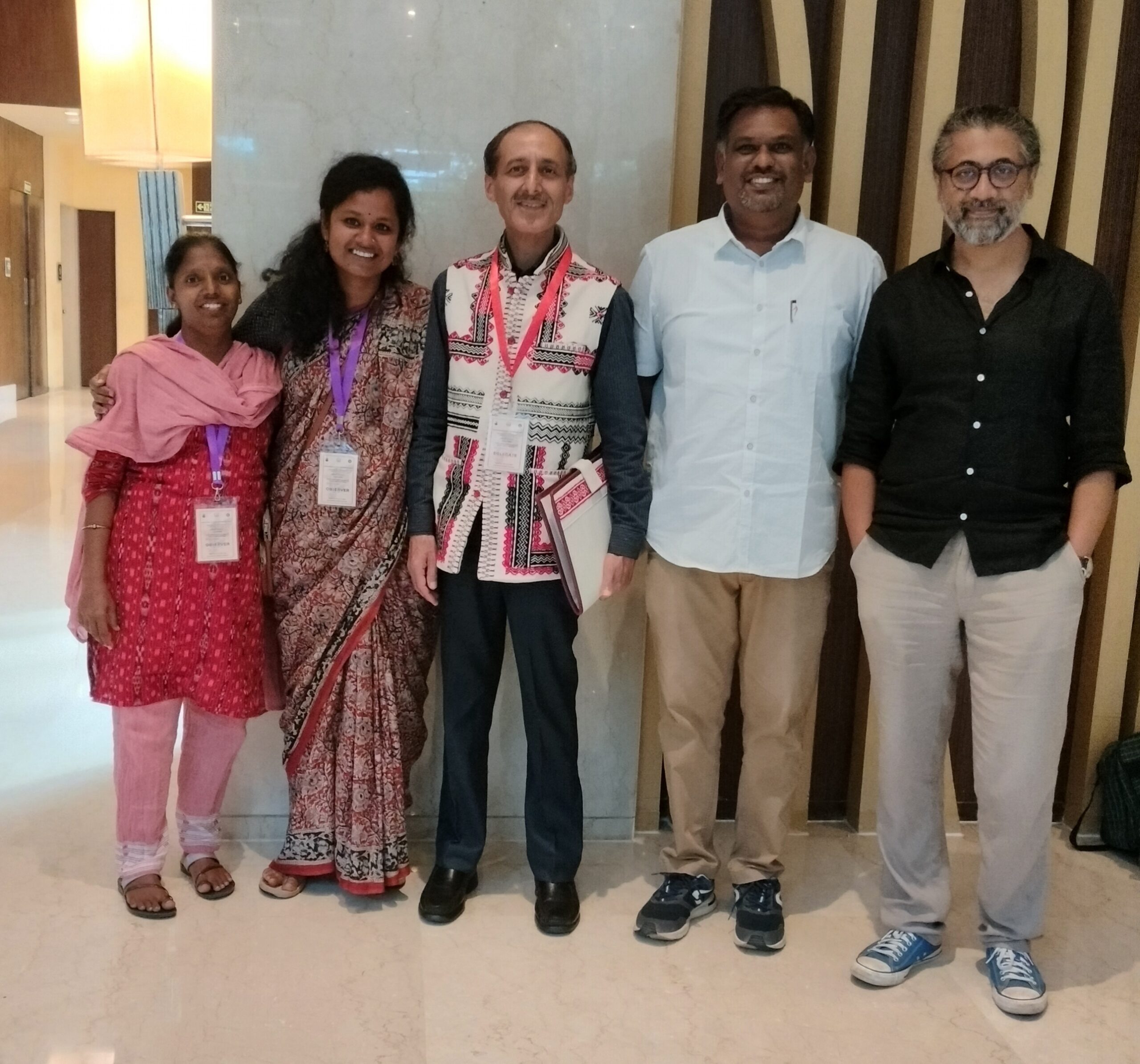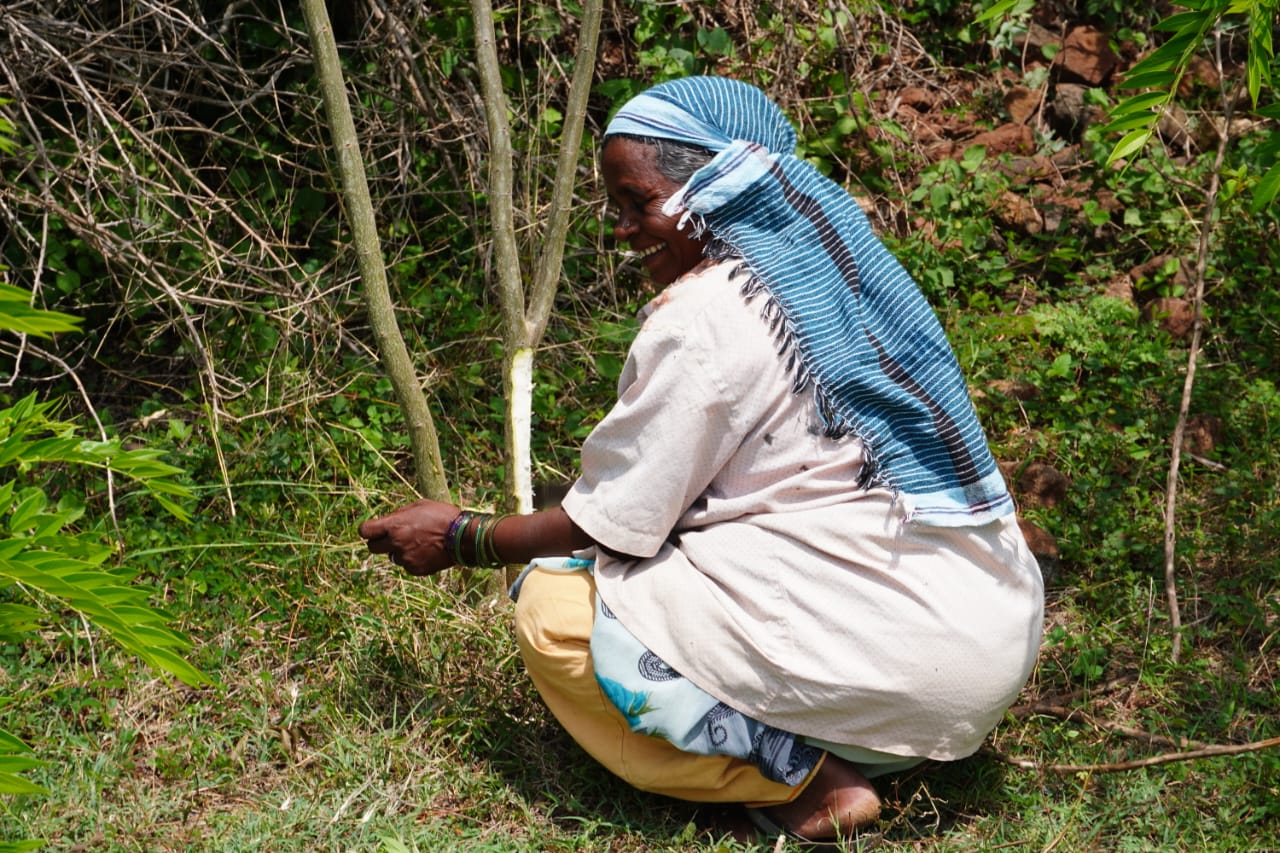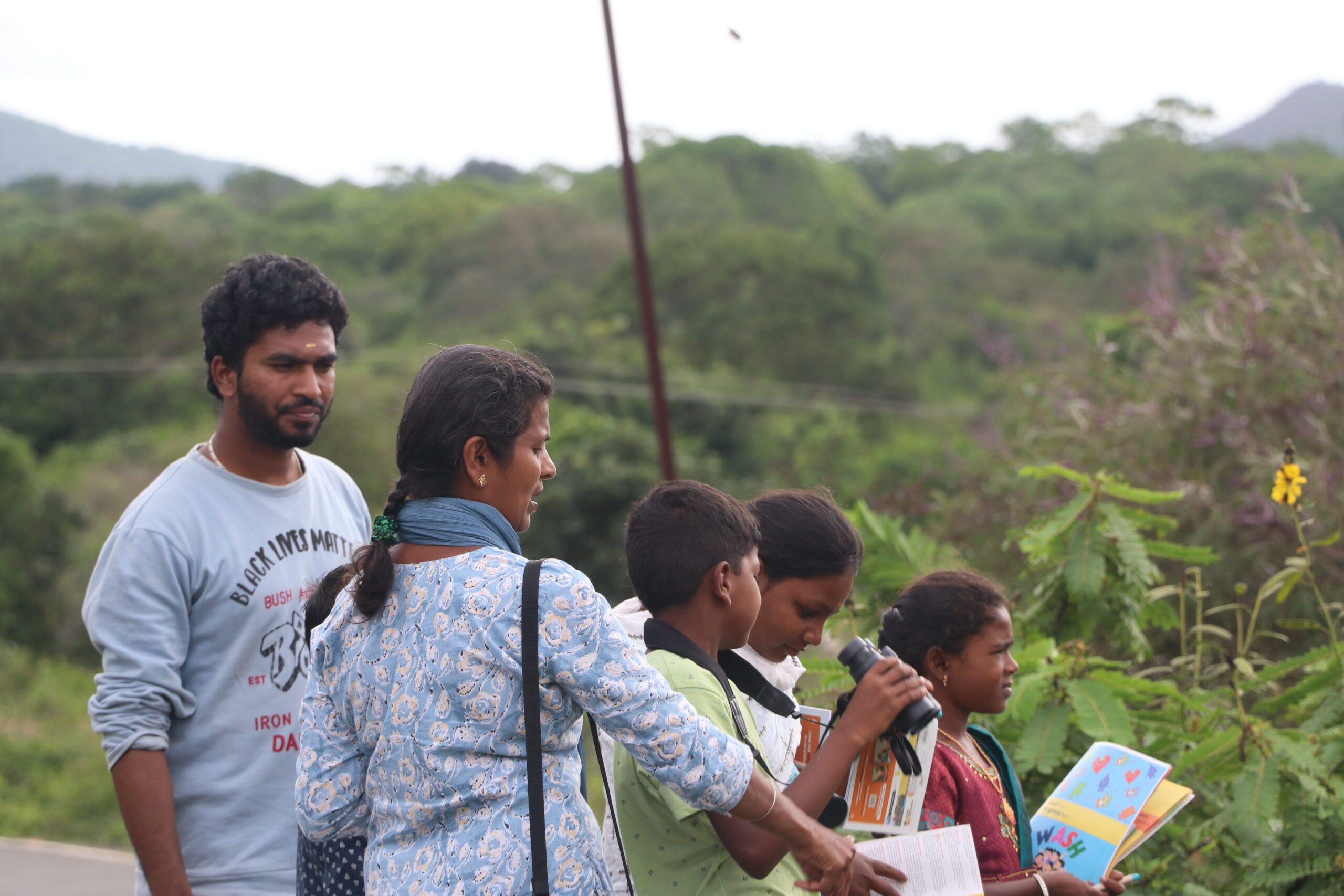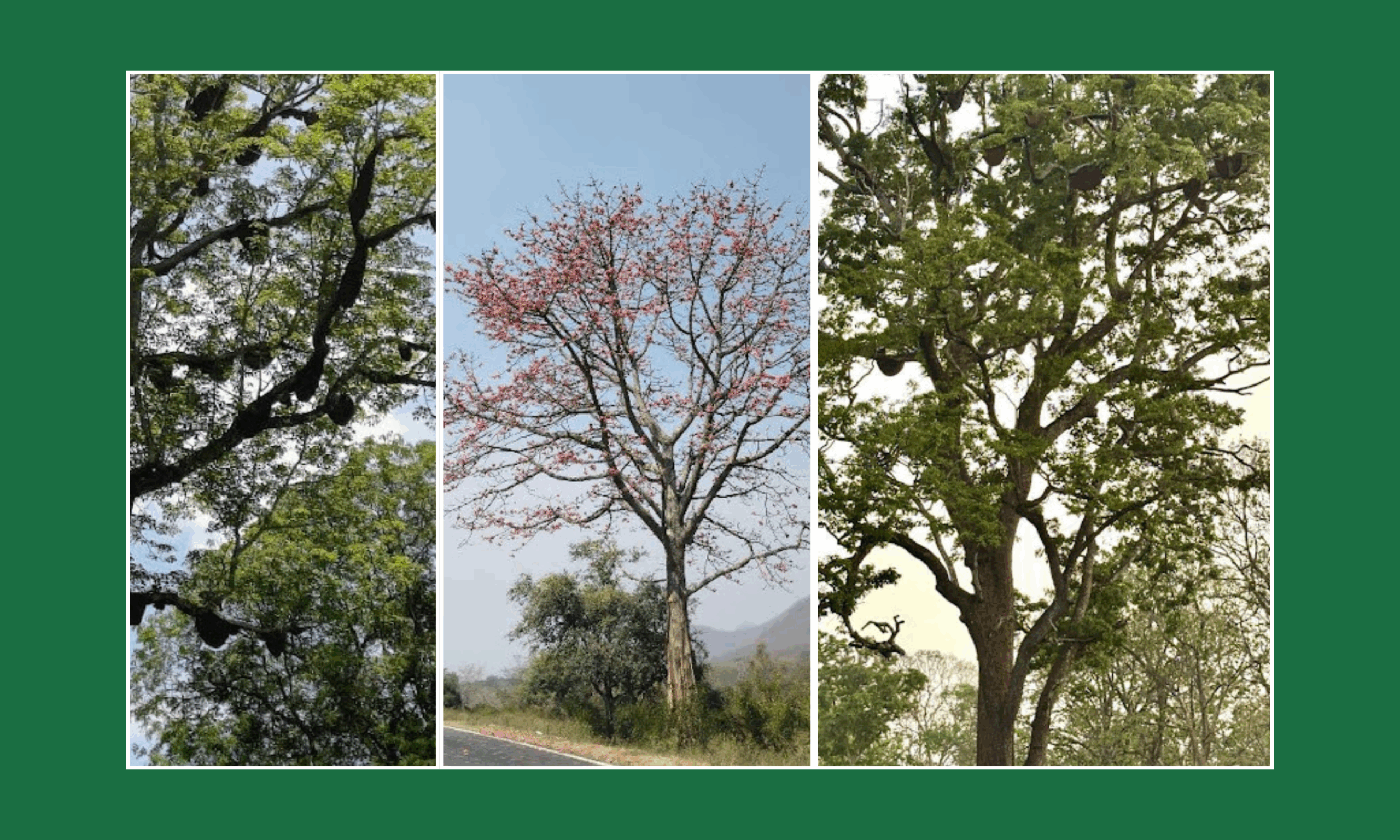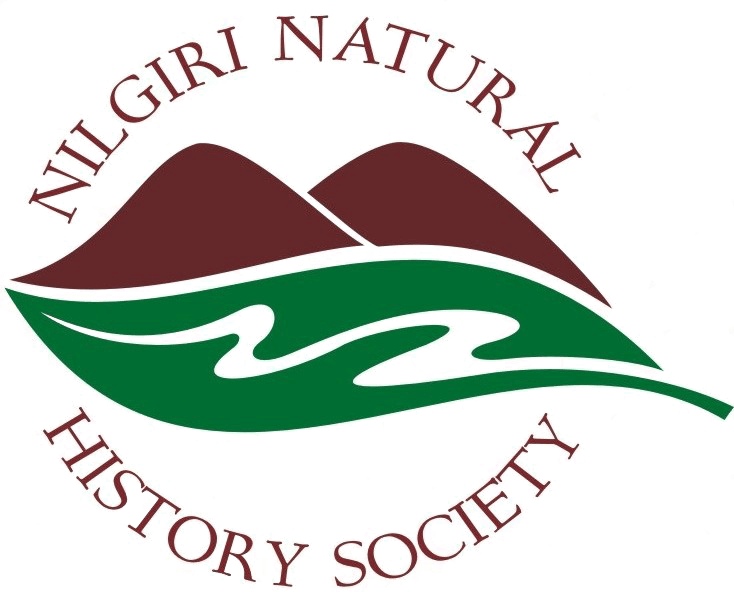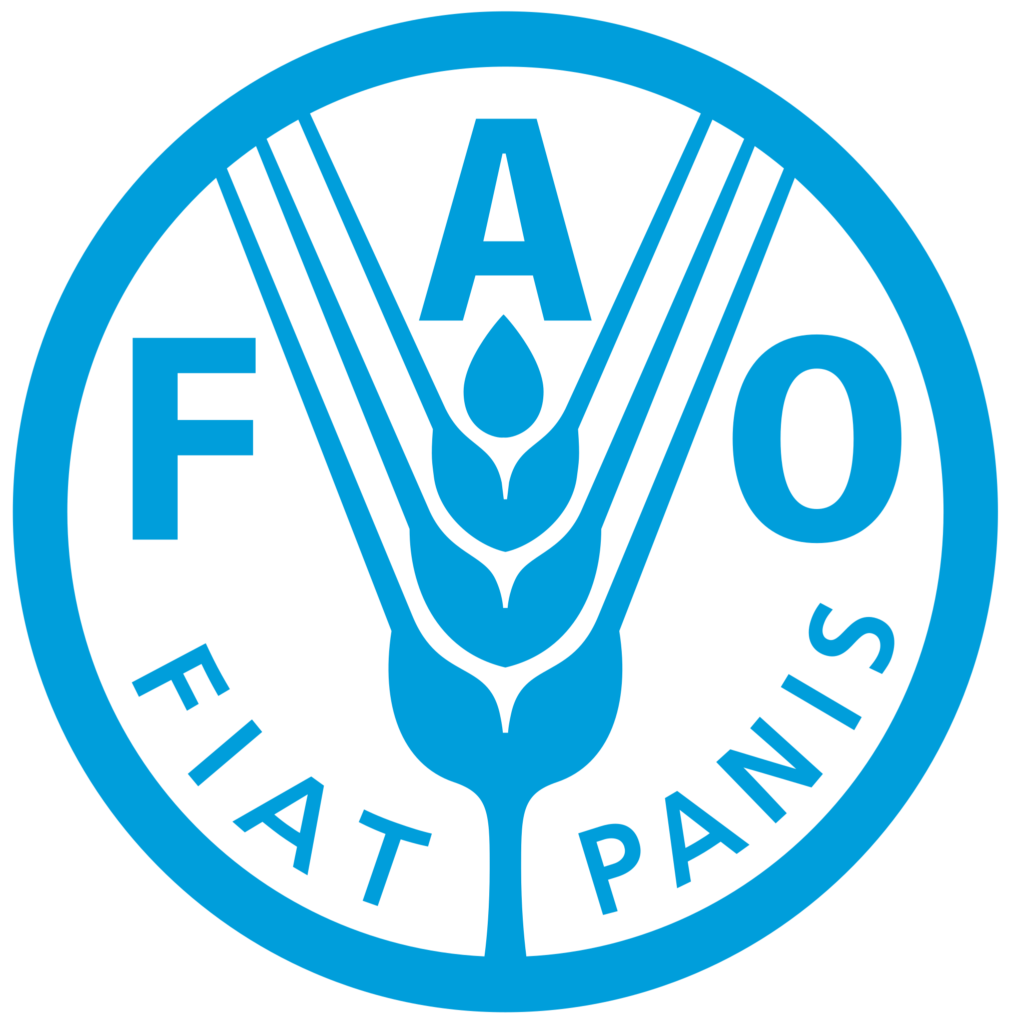By Ranjani Prasad, Programme Coordinator and Jeyanthi R., Additional Programme Coordinator, People and Nature Collectives
Header photo: From left, Jeyanthi, Ranjani, Dr. Tarun Chhabra, and Siddhartha Krishnan at the conference.
On October 27th and 28th, Ranjani Prasad and Jeyanthi R. from the People and Nature Collective attended Tholkudi, a conference held for the preservation and promotion of tribal culture heritage. The conference was organised by Adi Dravidar and Tribal Welfare Department – Government of Tamilnadu in collaboration with Centre for Social Justice and Equity — Madras School of Social work.
Purpose of the conference
The overall rationale of the proposed expert conference is to provide policy direction on the preservation and safeguarding of tribal culture heritage in Tamil Nadu. It then aims to convert the policy framework into a series of interrelated yet practically implementable schemes and programs that will enable tribal culture heritage to be safe and sustainable.
Specific purpose
- Discuss the direction and approach for the development of the draft policy framework on preservation and promotion of tribal languages in Tamilnadu.
- Identify the structure, key components and manifestations of tribal culture heritage in Tamilnadu.
- Propose action plans and schemes to be undertaken to preserve and safeguard the tribal language heritage in Tamilnadu.
Plenary sessions
There were 20 plenary sessions with 6 topics, with researchers coming from all over India. Experts in the field, particularly from UNESCO and tribal administration, delivered a plenary address in the conference. and also delegates from the diverse disciplinary background – anthropology, linguistic, folklore and museology presented policy papers on different thematic issues.
Traditional painting (Alu Kurumba), embroidery (Toda), musical instruments (Kota) were on exhibit.
Performing Arts
Performance of tribal arts and dance of three different tribal groups: Kani, Kurumans, . Tribal music and dances often reflect the symbols and beliefs of the tribe or culture. Also, through music and dances, tribals pass on their traditions and culture to the next generation.
There were two different views on tribal research present at the conference. Some researchers seemed to feel that that only those who have studied courses like anthropology can do research. Another is that people who belong to the local community can collect complete information when doing research. On a personal level, we feel that the second point of view, in which community people are included is the best way to conduct any tribal research.
There were many discussions on how if tribal languages are lost, so is the knowledge of the tribal community.
Tribal music and dances often reflect the symbols and beliefs of the tribe or culture. Also, through music and dances, tribals pass on their heritage and culture to the next generation. The authenticity of certain important music and dances was changed at the conference to showcase them in front of the audience in a limited period of time, which felt a bit awkward.
பழங்குடி இசை மற்றும் நடனங்கள் பெரும்பாலும் பழங்குடி அல்லது கலாச்சாரத்தின் அடையாளங்கள் மற்றும் நம்பிக்கைகளை பிரதிபலிக்கின்றன. மேலும், இசை மற்றும் நடனங்கள் மூலம், பழங்குடியினர் தங்கள் பாரம்பரியம் மற்றும் கலாச்சாரத்தை அடுத்த தலைமுறைக்கு கடத்துகிறார்கள். இவ்வளவு முக்கியதுவம் வாய்ந்த இசை மற்றும் நடனங்களை வேறு சமூகதின் முன்பு காட்சிப்படுத்த அதன் உண்மை தன்மையை மாற்றியமைப்பது சற்று நெருடலாக இருந்தது.

